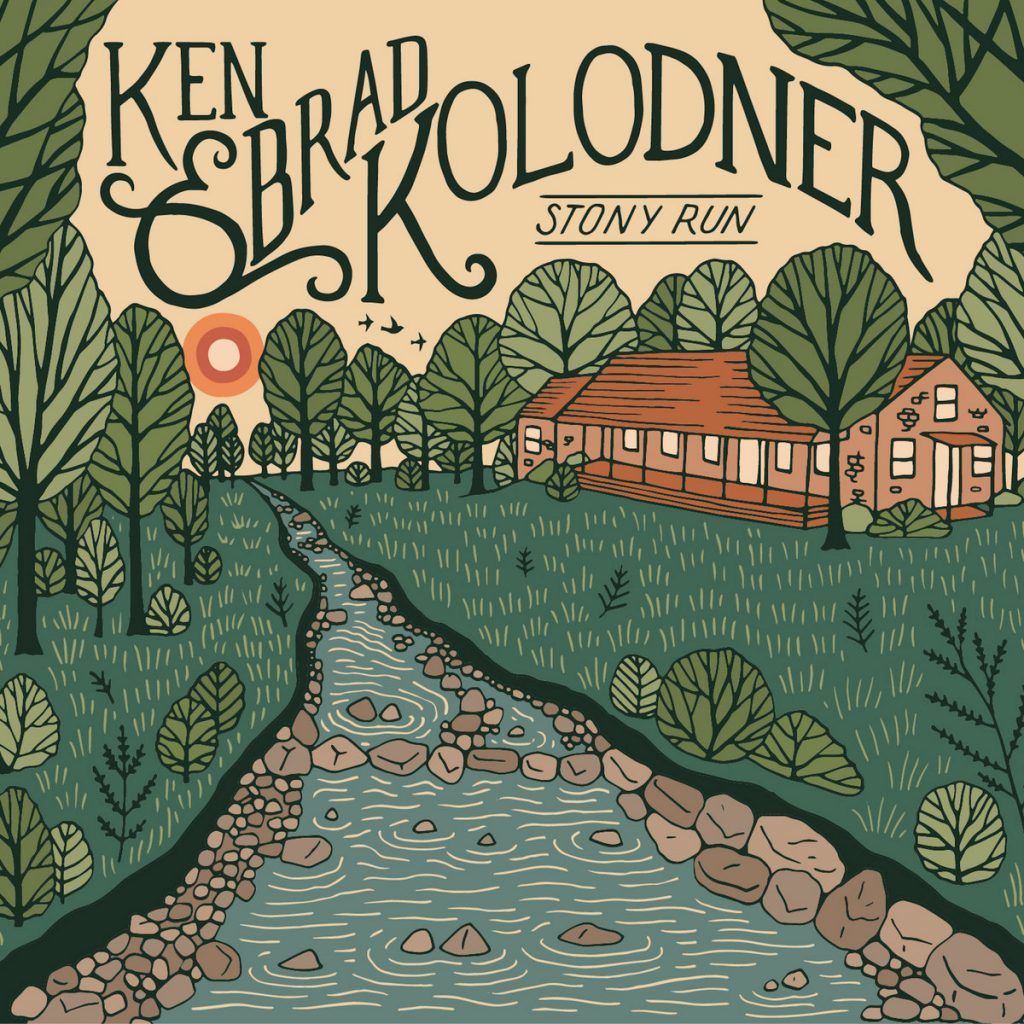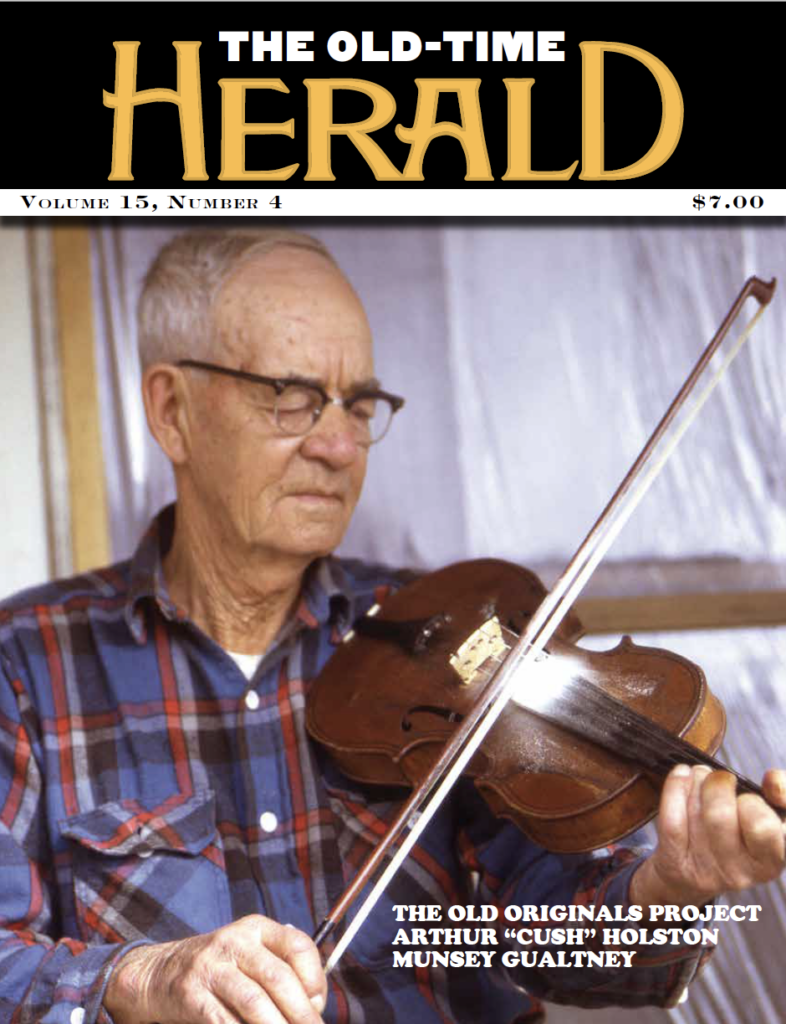Variety is the spice of life. This is one of my favorite aphorisms, one that will usually get a friendly eyeroll from my wife of 33 years, right up there with my other hackneyed favorites, “Live simply” and “If it ain’t broke, don’t fix it.” Maybe I need a new philosophical vocabulary.
Nonetheless, variety is a good thing when it comes to old-time music. And the recent release Stony Run from Ken and Brad Kolodner is oozing with variety. From trad standards to new classic folk songs to lush originals, the repertory found here is both dependable and enjoyable. The arrangements include barn-burning twin-fiddle ragers, mellow meditations on hammered dulcimer, and bluegrass settings with solos on the breaks and three-part harmony vocals. But what really shines on this record are the pieces that feature Brad’s gourd banjo and Ken’s hammered mbira, two instruments that combine to invoke the deepest roots of American mountain music, far away on the continent of Africa.
The what, you say? Hammered mbira? (Unconsciously, my brain immediately translated this to “hammered on beer” the first time I heard it. Which to me, makes the instrument a perfect fit for an old-time jam.) If you’re a long-time fan of the father-son Kolodner team, you may be aware of Ken’s unique instrument already. After all, they have been playing together for ten years, released three previous studio albums, and the younger Brad has already placed four times among the banjo finalists at the prestigious Clifftop fiddle contest. Ken’s tune “Swift House” won Best Instrumental at Clifftop in 2018, and their quartet won the Neo-Trad Band Contest at Clifftop in 2019. The duo teamed up with well-known fiddler Rachel Eddy on this record, who also plays guitar and sings on a few tracks. These guys are on a roll.
Ken Kolodner’s hammered mbira is a hybrid critter designed and built by Portland, Oregon-based luthier Don MacClane. It uses hammered dulcimer technique but features African-style metal thumb piano keys instead of strings. Perhaps better known over here as a thumb piano, the original mbira came from the Shona people of Zimbabwe, according to Ken. He says the hammered mbira is laid out like the hammered dulcimer but has metal rods instead of strings. Players use a variety of hammers to bring out different tonal qualities. On this record, there are times when Ken’s mbira sounds to me like a piano. (He also uses a muting technique on his normal hammered dulcimer for faster tunes, which greatly reduces the unwanted dissonance that results from the long decay of the ringing double-course strings.)
The hammering patterns of the hammered dulcimer and hammered mbira are identical, making it easy for Ken to shift between the two instruments. Hammered mbiras are usually smaller and more rugged than hammered dulcimers, and because of the nature of the steel rods, they tend to stay in tune. Their rods vibrate according to their length rather than tension, so the mbira tuning is less sensitive to changing environments. I can see the attraction of the hammered mbira. When I owned one of Sam Rizetta’s big, beautiful hammered dulcimers for a number of years, I sometimes felt the fatigue of a furniture mover and the frustration of a piano tuner when I came to a jam or a rehearsal with it. But beyond these advantages, the thing just sounds good when the tune is right. Listen to “Shakin’ Down the Acorns” or “Black Eyed Susie” on this record and you’ll know what I mean. Ken’s mbira and Brad’s gourd banjo combine to transport the listener to a distant, dusty crossroads across the sea, where a couple of dudes sit in the shade of a thornbush, making ancient music that touches a place inside of us that some of us didn’t even know was there.
And if that’s not your cup of tea, don’t worry. The next track on this record will take you down another lovely musical backroad. Because variety is the spice of life.
A Magazine Dedicated to Old-Time Music
Search The Old-Time Herald
Footer
Contact
The Old Time Herald
PO Box 61679
Durham, NC 27715-1679
Phone: (919) 286-2041
Email: info@oldtimeherald.org


Leave a Reply